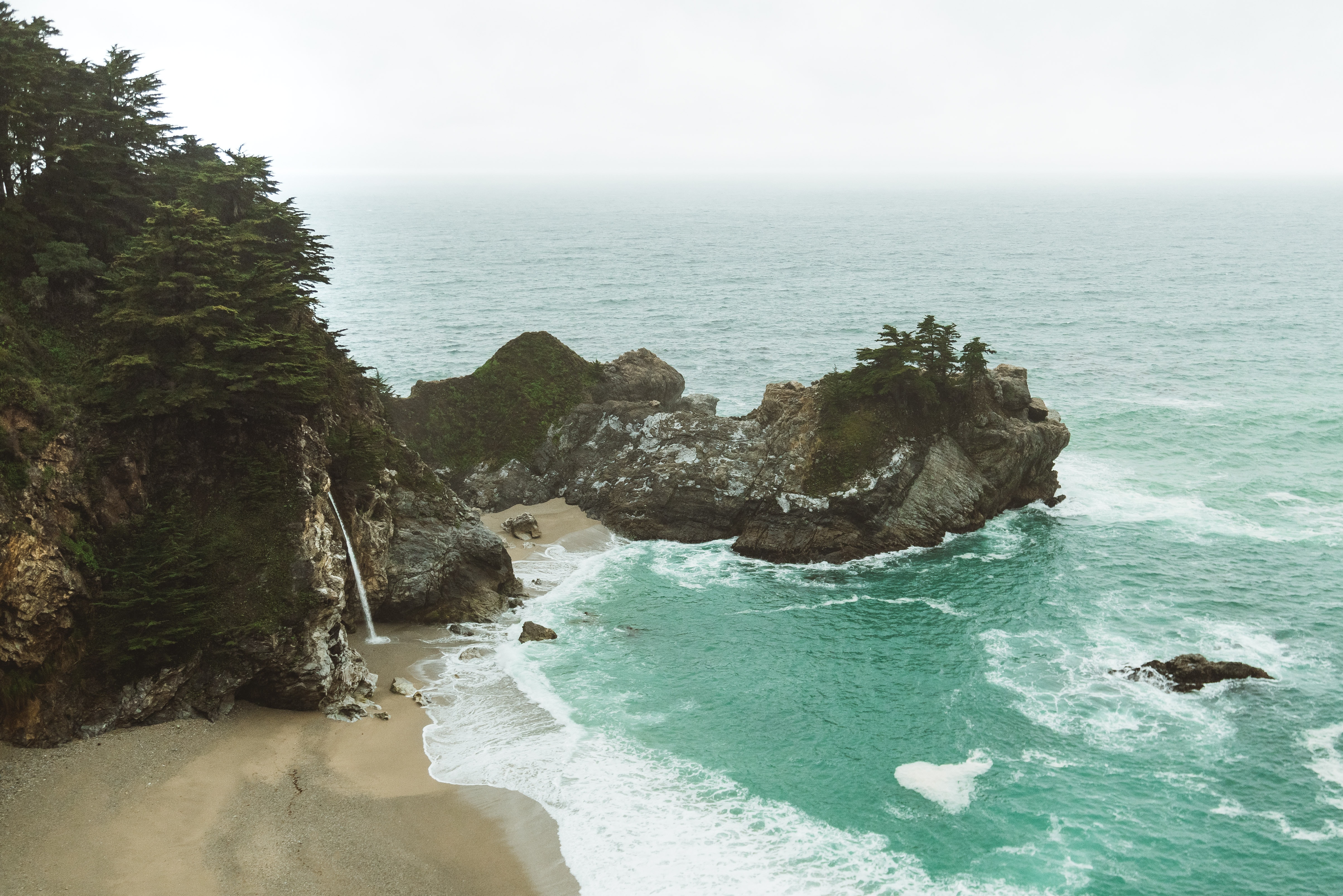Concepts for Reducing Energy Use in Wineries
The most cost effective way to reduce energy usage in winery buildings is to design them so that nature and the local weather patterns do most of the work of keeping the interiors cool or warm. In this regard, there are two relevant facts about the Central Coast wine region. The sun is always in the southern sky at noon, and summers are characterized by hot days and cool nights. Design the buildings to take advantage of these facts and energy usage will drop to practically zero.

The Solar Angle
At Latitude 38° N the noon “solar angle” with respect to the ground varies from a high of 75 degrees at the Summer Solstice, occurring on or about June 21st and 29 degrees at the Winter Solstice on December 21st. During the rest of the year the solar angle lies between these two extremes. With this information it is possible, for instance, to design an energy efficient tasting room. Orient the room toward the south with large windows and an attached porch, trellis or brie-soleil. Design the roof projection so that it reflects and blocks the sun’s rays during the hot summer months but allows the rays to permeate the room during the cooler months. With this simple technique we can decrease the amount of “solar gain” during the summer to lessen the need for air conditioning while during the colder months we can increase the solar gain to lessen the need for heating. The angles are so predictable that you can design the structure so that direct sun will just start penetrating the room on October 2ndand stop entering the room on March 12th.
Insulation + Thermal Mass
Capturing and retaining the colder temperatures from the evenings to reduce air conditioning during the hot days is a bit more complicated in theory but straightforward and cost effective to achieve in practice. The laws of thermal dynamics dictate that heat will travel from an area that is warm to an area that is cool. Furthermore, in the absence of work, it will never travel in reverse. To reduce the rate at which heat travels we use “insulation.” A good down jacket keeps us warm in cold weather because it reduces the rate at which our bodies loose heat so that our metabolism can comfortably replenish it. To retain heat, or conversely cool we need to have “thermal mass.” The rocks along a river bed will still be warm after the sun has set because their thermal mass retains the suns’ heat long after it has gone down.
To capture and retain the “night cooling” effects of the Central Coast’s evenings for use during the hot day a building has to posses both insulation and thermal mass. This is an important fact to grasp. Most wine makers and the general public believe that they need only be concerned with insulation, whose performance rating is expressed in terms of an “R-Value.” Higher R-value insulation will work better to reduce the rate of heat loss but it cannot capture or retain either heat or cool for release at a later time. Only thermal mass can accomplish that.
In the next post, we will look at traditional approaches, as well as new innovative systems that can effectively use night cooling to reduce, or eliminate altogether, the need for daytime air-conditioning in wine regions of the Central Coast. This obviously has huge energy implications for winery buildings.
Gary Black
Architecture Professor, U.C.B.
President Integrated Structures Inc.
www.integratedstructures.com (805) 543-2012